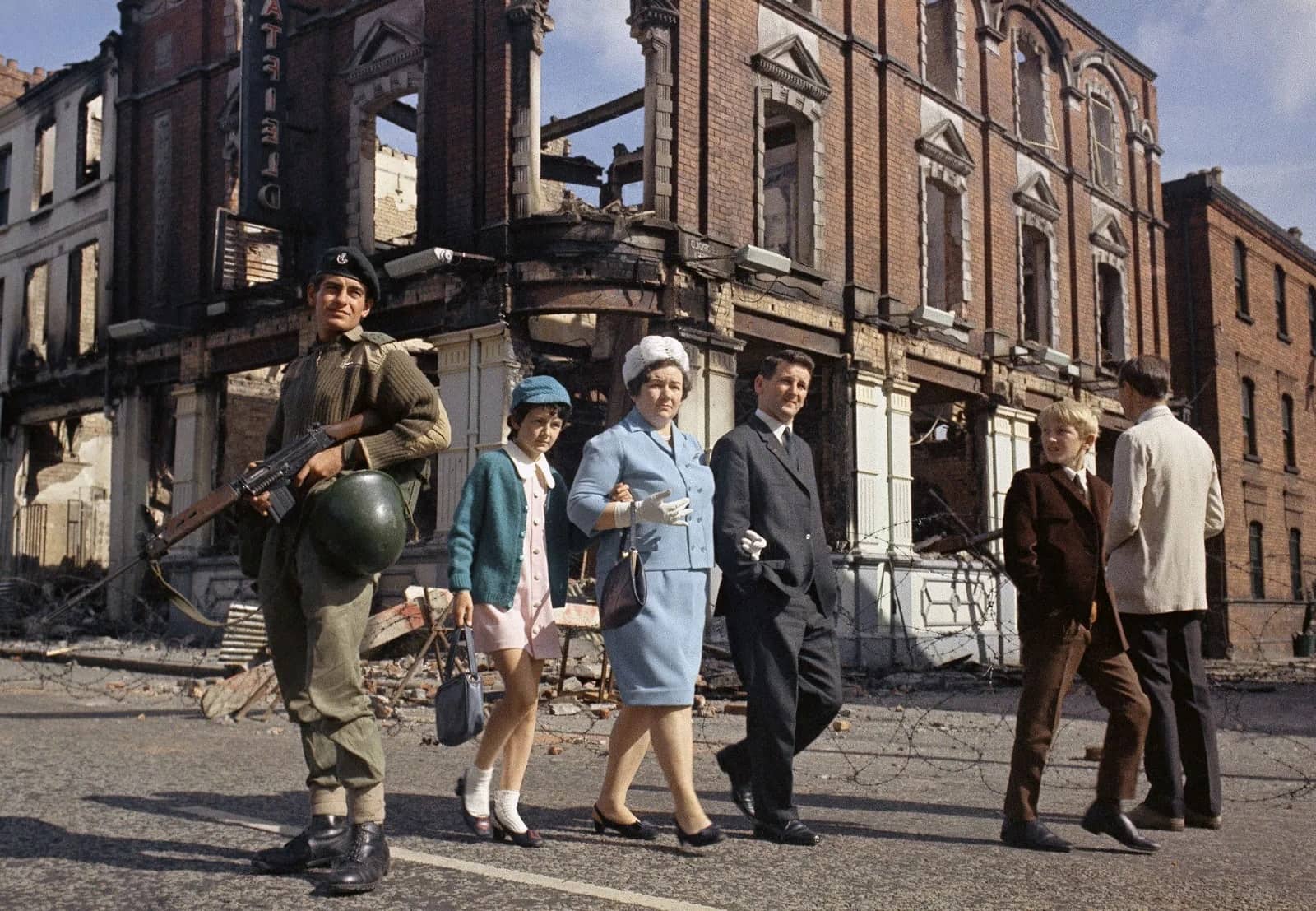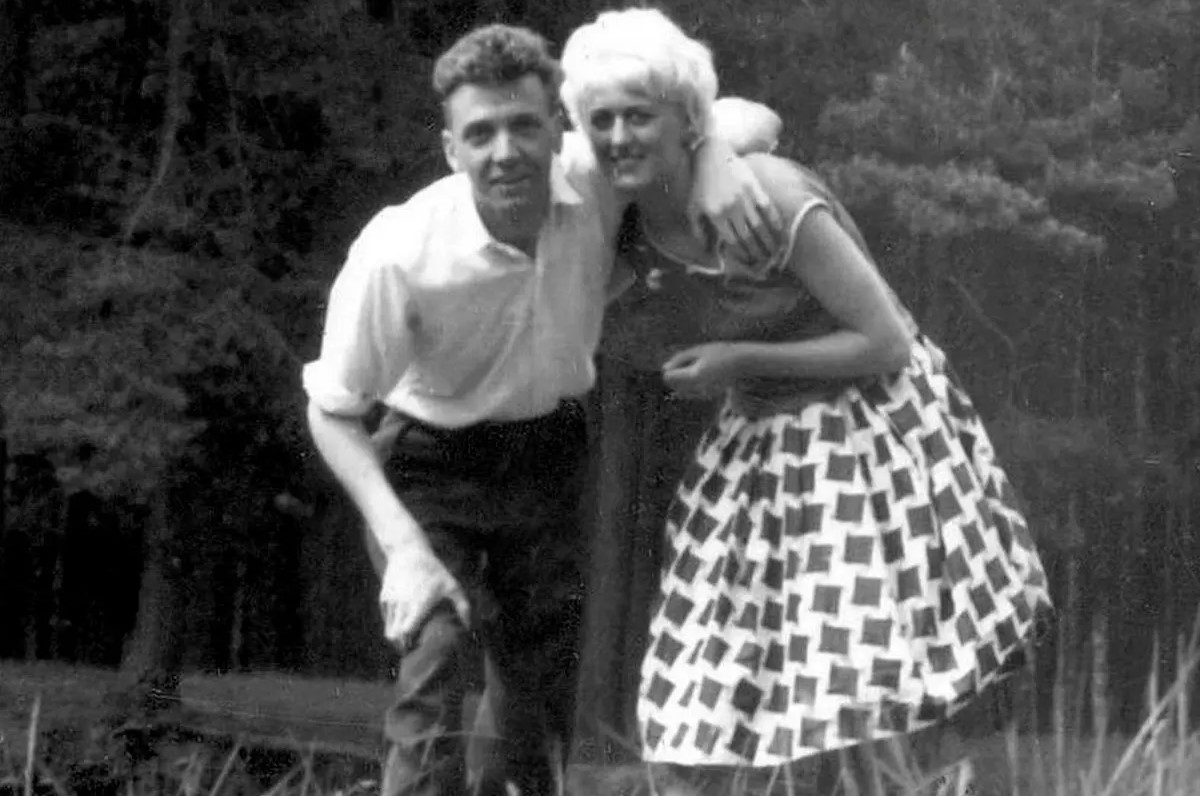
The Troubles was a period of conflict in Northern Ireland that lasted from the late 1960s until the Good Friday Agreement in 1998. This turbulent time saw clashes between mainly Protestant unionists, who wanted Northern Ireland to remain part of the United Kingdom, and mostly Catholic nationalists, who sought unification with the Republic of Ireland. The Troubles resulted in over 3,500 deaths and thousands of injuries, leaving a lasting impact on the region. Understanding this complex conflict involves looking at its historical roots, key events, and the peace process that eventually brought an end to the violence. Here are 35 facts to help you grasp the essence of The Troubles.
Key Takeaways:
- The Troubles, a conflict in Northern Ireland, involved political, social, and cultural upheaval. It led to significant loss of life, profound political impact, and inspired art and literature.
- Efforts towards peace, reconciliation, and remembrance have been crucial in addressing the legacy of The Troubles, shaping Northern Irish culture, and promoting understanding of conflict and peacebuilding.
The Troubles: An Overview
The Troubles, a complex and violent conflict in Northern Ireland, spanned from the late 1960s to 1998. This period saw significant political, social, and cultural upheaval. Here are some key facts to understand this turbulent time.
-
The Troubles began in the late 1960s, primarily as a civil rights movement by the Catholic minority in Northern Ireland.
-
The conflict involved three main groups: the unionists/loyalists, who were mostly Protestant and wanted Northern Ireland to remain part of the UK; the nationalists/republicans, mostly Catholic, who wanted Northern Ireland to join a united Ireland; and the British government.
-
The term "The Troubles" is derived from earlier periods of conflict in Irish history, notably the Irish War of Independence and the Irish Civil War.
-
The Battle of the Bogside in 1969 marked a significant escalation, with widespread rioting in Derry.
-
The British Army was deployed to Northern Ireland in 1969 to restore order, initially welcomed by the Catholic community.
Key Events and Incidents
Several pivotal events shaped the course of The Troubles. These incidents often resulted in significant loss of life and had lasting impacts on the communities involved.
-
Bloody Sunday occurred on January 30, 1972, when British soldiers shot 26 unarmed civil rights protesters in Derry, killing 14.
-
The Belfast Agreement, also known as the Good Friday Agreement, was signed on April 10, 1998, effectively ending The Troubles.
-
The IRA (Irish Republican Army) was a key player, conducting a campaign of bombings and assassinations against British targets.
-
The Shankill Butchers were a loyalist gang known for their brutal killings of Catholics in the 1970s.
-
The Enniskillen bombing in 1987, carried out by the IRA, killed 11 people during a Remembrance Day ceremony.
Political and Social Impact
The Troubles had profound effects on the political landscape and social fabric of Northern Ireland. These changes are still felt today.
-
The conflict led to the establishment of the Northern Ireland Assembly, a devolved legislature for Northern Ireland.
-
Sectarian violence resulted in the creation of "peace walls" to separate Catholic and Protestant neighborhoods in Belfast.
-
The Troubles caused significant emigration, with many people leaving Northern Ireland to escape the violence.
-
The conflict influenced popular culture, inspiring numerous books, films, and songs.
-
The European Union played a role in the peace process, providing funding and support for reconciliation projects.
Human Cost
The human toll of The Troubles was immense, affecting thousands of families and communities. The legacy of this violence continues to shape Northern Ireland.
-
Over 3,500 people were killed during The Troubles, with thousands more injured.
-
Many of the victims were civilians, caught in the crossfire or targeted in sectarian attacks.
-
The conflict left deep psychological scars, with high rates of PTSD and other mental health issues among survivors.
-
The Disappeared refers to individuals who were abducted and murdered by paramilitary groups, their bodies hidden.
-
The Omagh bombing in 1998, carried out by the Real IRA, killed 29 people and injured over 200, making it the deadliest single incident of The Troubles.
Efforts Toward Peace
Despite the violence, numerous efforts were made to bring about peace and reconciliation. These initiatives were crucial in ending The Troubles.
-
The Anglo-Irish Agreement of 1985 was an important step, giving the Republic of Ireland a consultative role in Northern Ireland's affairs.
-
The Downing Street Declaration in 1993 laid the groundwork for peace talks, emphasizing self-determination for the people of Northern Ireland.
-
The IRA declared a ceasefire in 1994, which was a significant move towards peace.
-
The decommissioning of weapons by paramilitary groups was a key aspect of the peace process.
-
Community-based initiatives, such as cross-community dialogue and integrated education, have been vital in promoting reconciliation.
Legacy and Remembrance
The legacy of The Troubles continues to influence Northern Ireland. Efforts to remember and learn from this period are ongoing.
-
The Bloody Sunday Inquiry, also known as the Saville Inquiry, was established in 1998 to investigate the events of Bloody Sunday.
-
Memorials and museums, such as the Museum of Free Derry, commemorate the victims and educate the public about The Troubles.
-
Annual parades and commemorations, such as the Twelfth of July celebrations, remain contentious and can lead to tensions.
-
The peace walls, though intended as temporary measures, still stand in many areas, symbolizing ongoing divisions.
-
The Good Friday Agreement established mechanisms for addressing the legacy of The Troubles, including the creation of the Historical Enquiries Team.
Cultural Reflections
The Troubles have left a lasting mark on Northern Irish culture, influencing art, literature, and music.
-
The conflict inspired numerous works of literature, including novels by authors such as Seamus Heaney and Bernard MacLaverty.
-
Films like "In the Name of the Father" and "Bloody Sunday" have depicted the events and impact of The Troubles.
-
Music has also been influenced, with bands like U2 and The Cranberries addressing the conflict in their songs.
-
The Troubles have been the subject of many academic studies, contributing to a deeper understanding of conflict and peacebuilding.
-
The legacy of The Troubles continues to be explored in contemporary art and media, reflecting ongoing efforts to come to terms with this difficult period.
Reflecting on The Troubles
The Troubles, a dark chapter in Northern Ireland's history, left an indelible mark on its people. Understanding this period helps grasp the complexities of the region's past and present. The conflict, spanning three decades, saw over 3,500 lives lost and countless others affected. It wasn't just a local issue; it had global implications, drawing attention from around the world.
The Good Friday Agreement in 1998 marked a significant step towards peace, but the scars remain. Communities still work towards reconciliation, striving to heal old wounds. Learning about The Troubles reminds us of the importance of dialogue, understanding, and the human cost of conflict.
By delving into these facts, we gain a deeper appreciation for the resilience and courage of those who lived through it. History, though painful, offers lessons that can guide us towards a more peaceful future.
Frequently Asked Questions
Was this page helpful?
Our commitment to delivering trustworthy and engaging content is at the heart of what we do. Each fact on our site is contributed by real users like you, bringing a wealth of diverse insights and information. To ensure the highest standards of accuracy and reliability, our dedicated editors meticulously review each submission. This process guarantees that the facts we share are not only fascinating but also credible. Trust in our commitment to quality and authenticity as you explore and learn with us.


